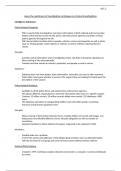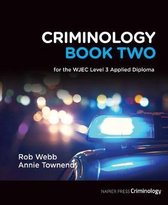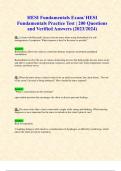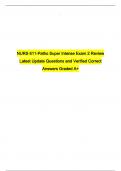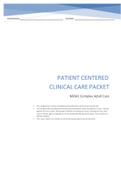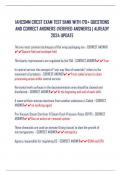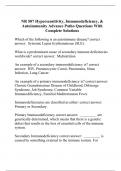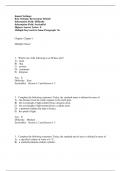Summary
Summary Criminology Unit 3 - AC1.2 Asses the usefulness of investigative techniques in criminal investigation
This is a summary note of Ac1.2, Asses of investigative techniques in a proper criminal investigation. These notes helped me receive an A* overall; friends and family who borrowed these notes have received high grades. It is quickly allied with titles and detailed explanations that are easy to unde...
[Show more]
